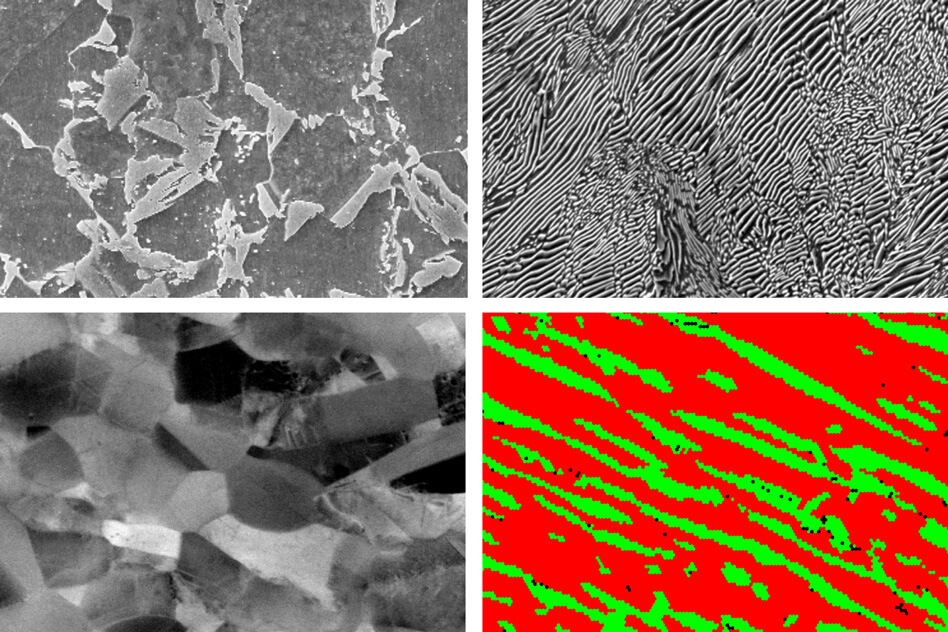David L. Chandler / MIT News Office
Editor’s note: A novel laminated nanostructure gives steel a bone-like resistance to fracturing under repeated stress. Although this development is research, it suggests the possibility of rolling element, wind-turbine bearings better able to withstand their demanding application.
Metal fatigue can lead to abrupt and sometimes catastrophic failures in parts that undergo repeated loading, or stress. It’s a major cause of failure in structural components of everything from aircraft and spacecraft to bridges and power plants. As a result, such structures are typically built with wide safety margins that add to costs.
Now, a team of researchers at MIT and in Japan and Germany has found a way to greatly reduce the effects of fatigue by incorporating a laminated nanostructure into the steel. The layered structuring gives the steel a kind of bone-like resilience, allowing it to deform without allowing the spread of microcracks that can lead to fatigue failure.

Researchers have developed a type of steel with three characteristics that help it resist the microcracks that lead to fatigue failure: a layered nanostructure, a mixture of microstructural phases with different degrees of hardness, and a metastable composition. They compared samples of metal with just one or two of these key attributes (top left, top right, and bottom left) and with all three (bottom right). The metal alloy with all three attributes outperformed all the others in crack resistance.
The findings are described in a paper in the journal Science by C. Cem Tasan, the Thomas B. King Career Development Professor of Metallurgy at MIT; Meimei Wang, a postdoc in his group; and six others at Kyushu University in Japan and the Max Planck Institute in Germany.
“Loads on structural components tend to be cyclic,” Tasan says. For example, an airplane goes through repeated pressurization changes during every flight, and components of many devices repeatedly expand and contract due to heating and cooling cycles. While such effects typically are far below the kinds of loads that would cause metals to change shape permanently or fail immediately, they can cause the formation of microcracks, which over repeated cycles of stress spread a bit further and wider, ultimately creating enough of a weak area that the whole piece can fracture suddenly.
Read the rest: https://goo.gl/XCt32C
Filed Under: Bearings, News




